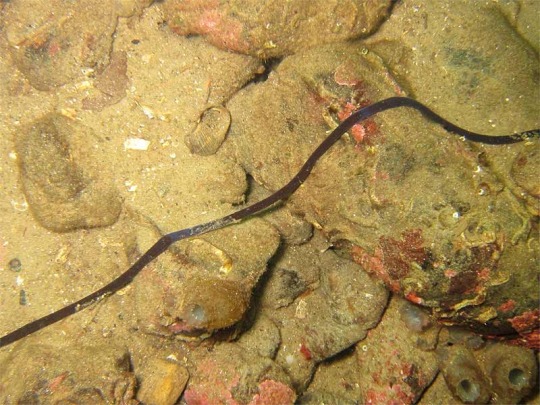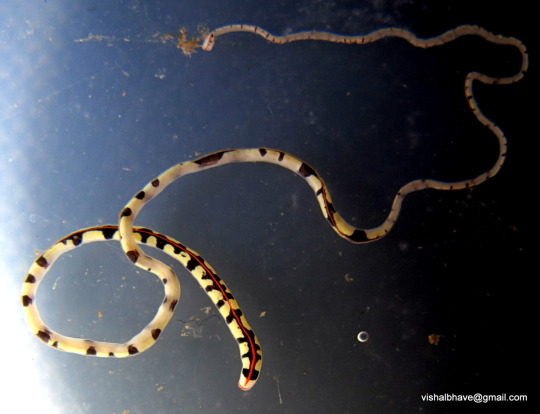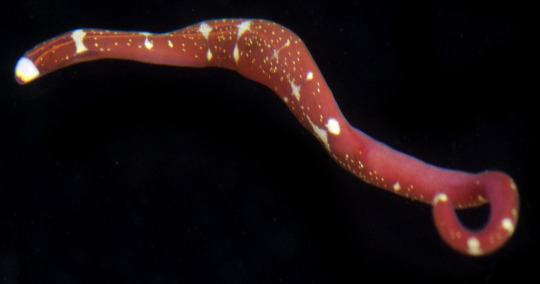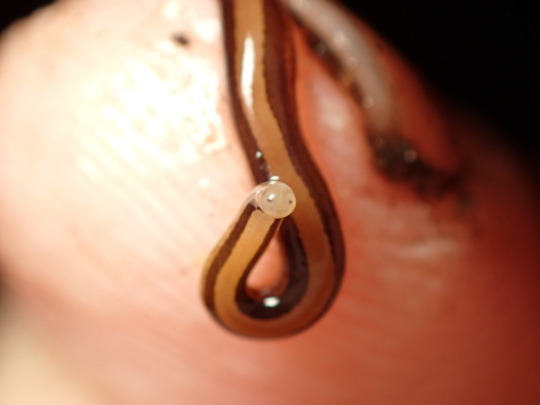#the colorful ones are nice and I am impressed by the bootlace worms length
Explore tagged Tumblr posts
Text
Round 1 - Phylum Nemertea




(Sources - 1, 2, 3, 4)
Animals in the Phylum Nemertea, commonly known as “Ribbon Worms” or “Proboscis Worms,” are small and mostly slim with a venomous proboscis that everts just above to mouth to capture prey.
There are about 1,300 known species of nermertean. Most nemerteans are carnivores, feeding on annelids, clams, and crustaceans. Some species are scarvengers. Some species are filter feeders that utilize a sucker at the front and back ends of their bodies to attach to a host. Most nemerteans detect the world through the use of chemoreceptors, but some species have simple eyes that allow them to distinguish light from dark. They move slowly, using cilia to walk on a trail of slime. Some larger species can “slither.” Many are brightly colored and patterned. Most nemerteans are marine, living in either the open ocean or on the sea floor, but some species are freshwater, and some are even terrestrial.

Propaganda under the cut:
Previously, nemerteans were split into two groups by whether they had a “little dagger” on their proboscis or not. (This classification no longer applies as one of the “unarmed” orders was closer related to the “armed” group than the rest of the “unarmed” group. It’s still fun to imagine worms with little daggers tho.)
The Bootlace Worm (Lineus longissimus) (seen in the first image) is one of the longest known animals, with specimens up to 55 m (180 ft) long being reported. This is longer than the Lion’s Mane Jellyfish, the sauropod dinosaurs Argentinosaurus and Patagotitan, and the record-holding longest Blue Whale. Like other nemerteans, the Bootlace Worm can also stretch up to 10 times its resting length. They’re not considered the largest animals though, because they’re only 5 to 10 mm (0.20 to 0.39 in) wide!
As a defense against predators, the Bootlace Worm produces a toxic mucus which contains a strong neurotoxin and smells faintly of “iron or sewage.” The mucus has been shown to kill arthropods, and is being studied for its use as a natural pesticide.
Some larger species can regenerate, breaking into pieces when disturbed, after which the fragments can grow into full individuals!
Some nemerteans have a branched proboscis that comes out as a “mass of sticky spaghetti” that can then be used to pull prey into its mouth. If you love horror movies, this is the animal for you! I’m not easily grossed out, but I genuinely can’t stomach this video, so viewer discretion is advised! (Thankfully, this one didn’t have a “little dagger.”
#animal polls#round 1#how come before I typed anything in the gif search bar Brennan Lee Mulligan was the first gif Tumblr suggested I use#anywaaaay#i am genuinely sorry but these are some of the only animals that give me the Ick#the colorful ones are nice and I am impressed by the bootlace worms length#and the ones with ocelli have cute little faces#but that spaghetti proboscis is Just#A Lot#and I wasn’t about to use THAT as a gif so you get living intestines instead#nemertea
40 notes
·
View notes